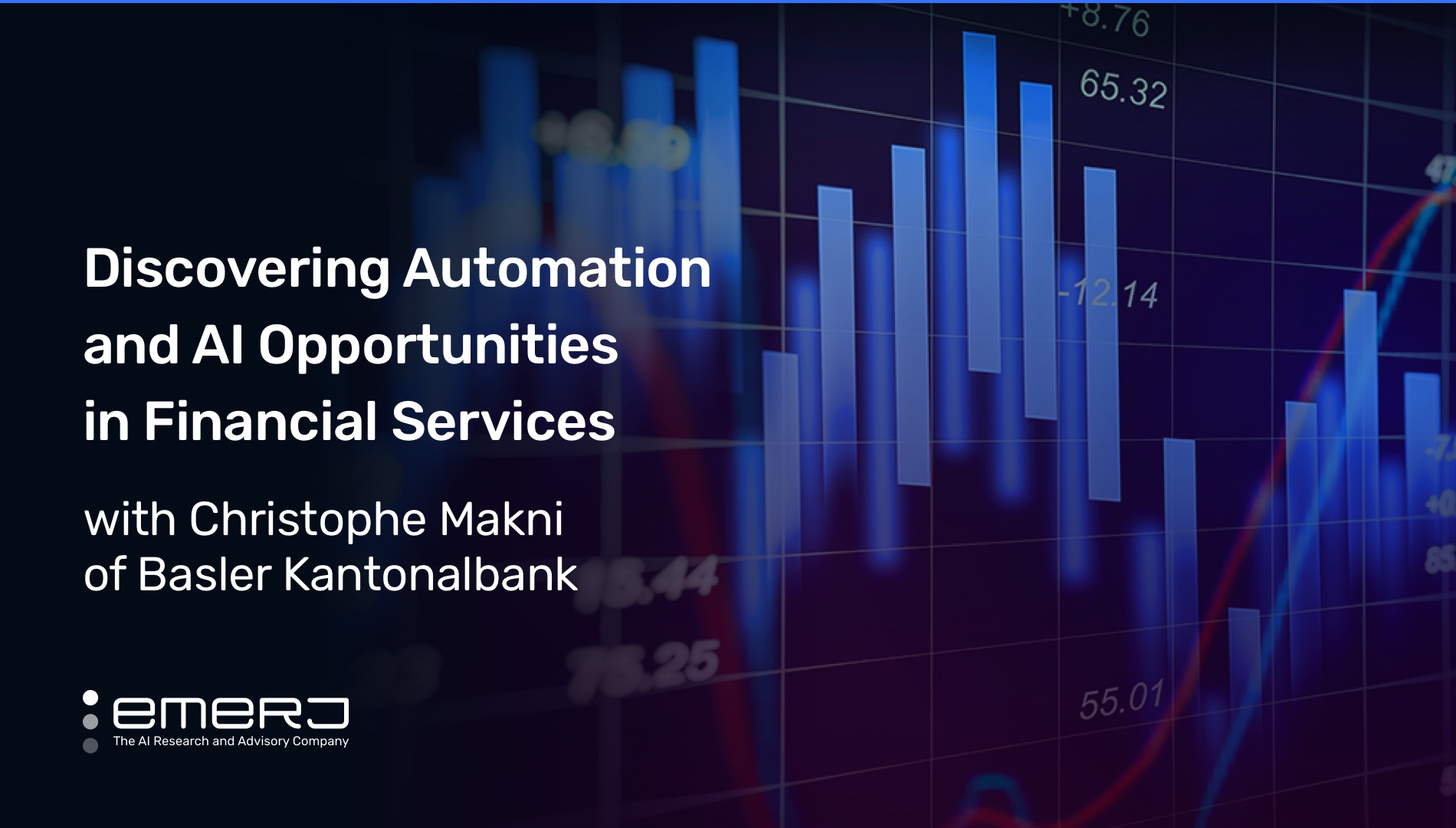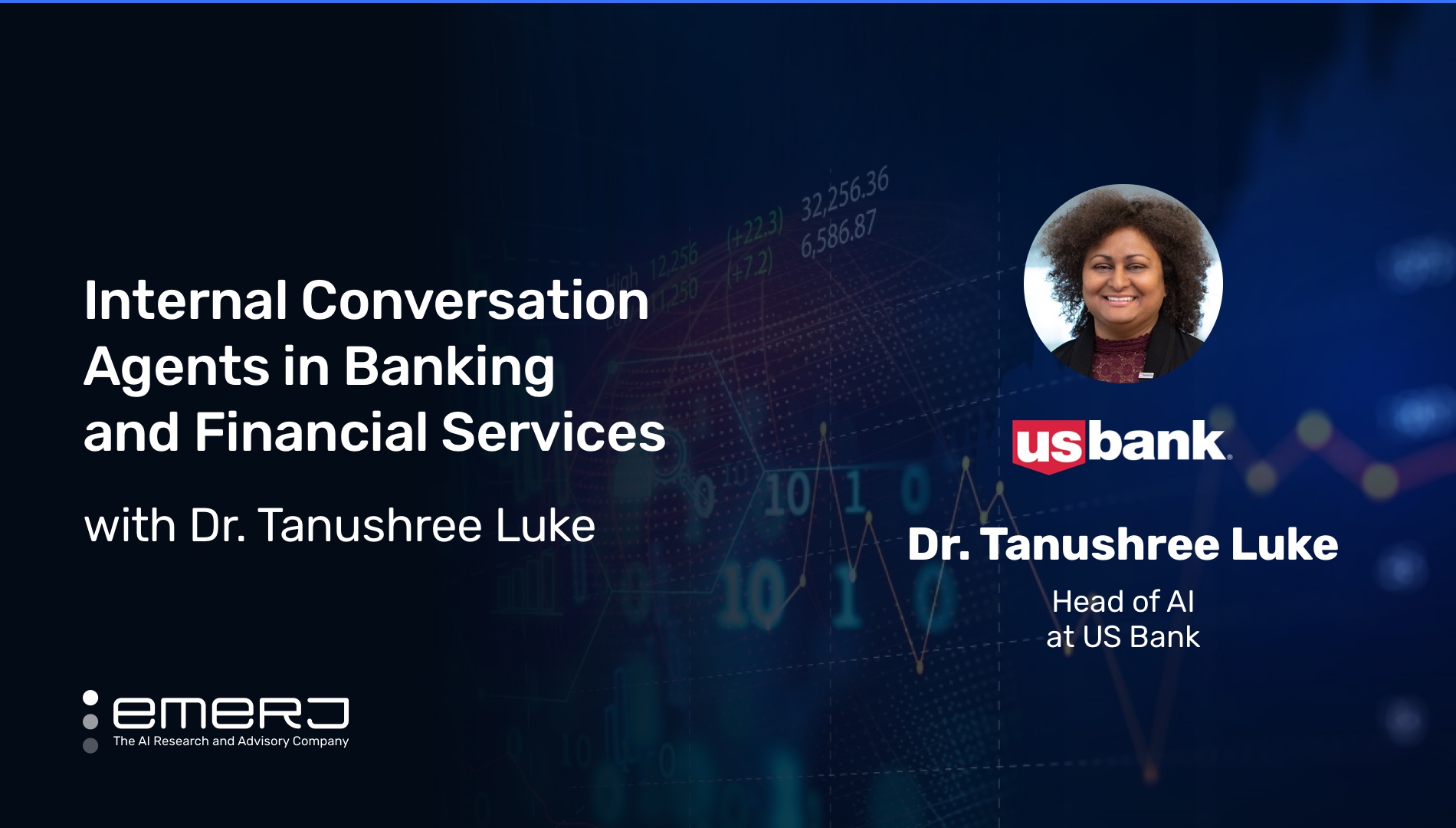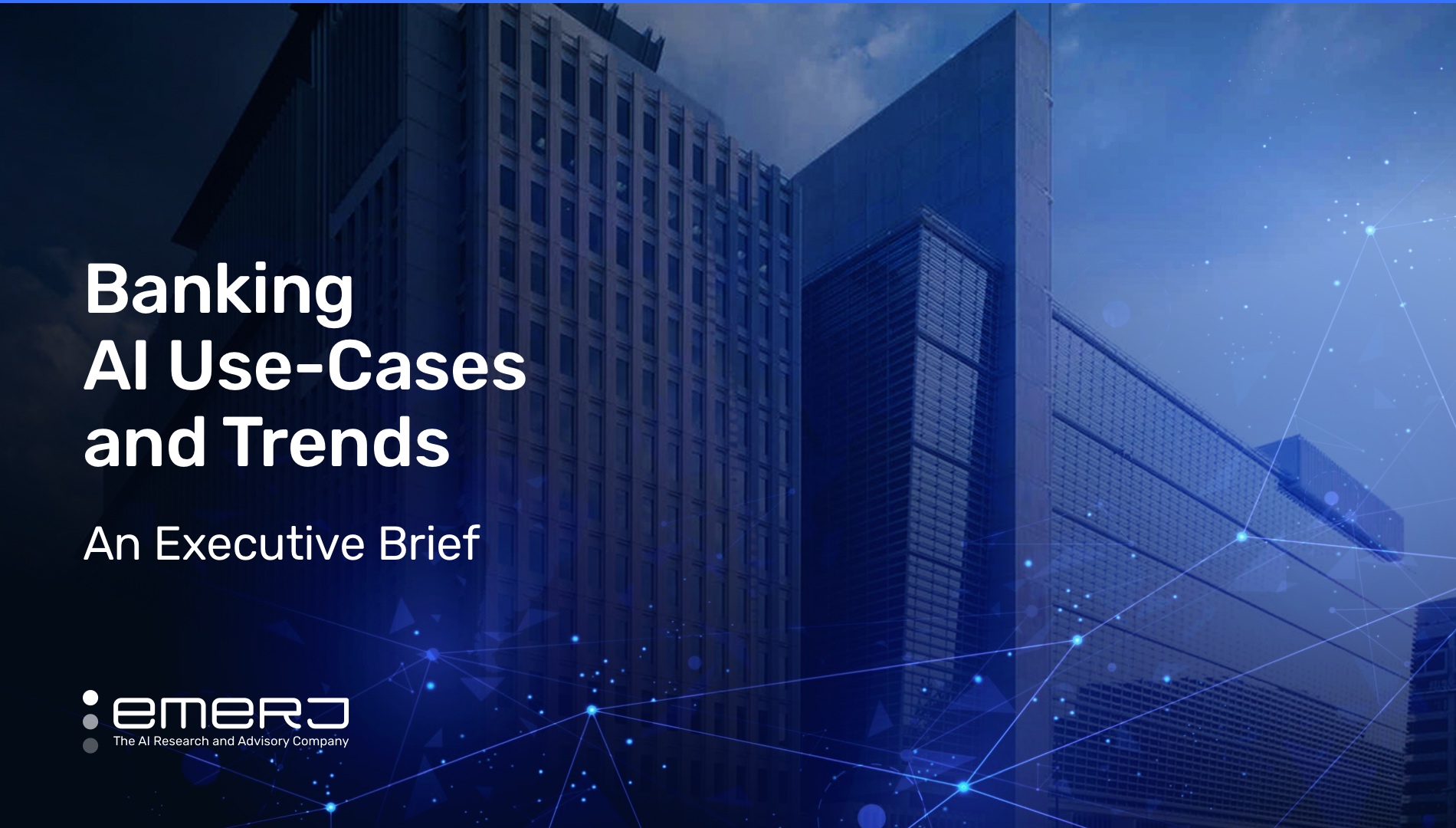Report Automation for Financial Services – Two Use Cases from Yseop
Picture a financial services company and images of numbers, analysis, and data-crunching in scrutinizing reports come to mind — and for good reason. In the heavily regulated world of financial services, decision-makers rely on data to feed their decisions and support their conclusions.
Those data need to be clear, correct, and unbiased not just to document the decisions, but also to inform and record the decision-making process for later reviewers. Those reviewers can include internal stakeholders (i.e.supervisors, finance and risk managers) or compliance personnel, as well as external stakeholders like regulators and auditors.
Financial services companies spend large amounts of time collecting, validating, and analyzing growing amounts of data, all coming from disparate sources. Whether it’s financial analysis, credit monitoring, or operational and regulatory reporting, financial services firms invest countless hours each year identifying, gathering, evaluating, and concluding on the data they need.
Pressure is building on these firms to distill insights, conclusions, and decisions from these data with increasing speed and efficiency. They also need to provide error-proof reports that highlight key data and risks while standing up to scrutiny from regulators and auditors later.
Among the array of AI applications that can be deployed to expedite the financial reporting process, natural language generation (NLG) is particularly well-suited for the task. In terms of workflows, financial professionals can feed NLG programs with structured data to generate clear, contextualized language – minimizing the repetitive and often tedious nature of financial report writing.
Often referred to under the blanket term of “intelligent automation,” the revolutionary innovation and benefits of these technologies are in high demand throughout the financial services sector. At the end of 2021, Salesforce closed a deal acquiring Narrative Science, one of the market’s leading NLG vendors, in order to incorporate the technology in the CRM giant’s Tableau platform.
By scaling human expertise through NLG, financial services organizations can:
- Save time and money in enhanced reporting workflows
- Empower their financial professionals to prioritize editorial and supervisory focuses in the report writing process
- Drive organization-wide digital transformation in an ideal early AI project beachhead
In this article, we will explore two use cases from YSEOP in the area of intelligent report automation, detailing how the company leverages AI capabilities to:
- Standardize and scale credit analysis: The natural language software company used NLG and machine learning to expedite the financial analysis of borrowers for a large banking group.
- Standardize and expand operational reporting capabilities: YSEOP used NLG to help the second-largest banking group in France streamline their workflows for mortgage monitoring.
We will begin with a closer look at YSEOP’s example to examine how NLG can be used for analyzing creditworthiness for bowerers on an international enterprise scale.
Emerj Artificial Intelligence worked closely with YSEOP to corroborate the context and results of these use cases, and will cite direct sources inside and outside the company to provide additional context where necessary.
Use Case #1: Standardizing and Scaling Credit Analysis
According to YSEOP, the credit analysis department of a large global banking group required a faster, more efficient process to analyze the financial health of new and current borrowers.
Previous workflows consisted of analysts:
- Spending hours analyzing borrowers’ key financial metrics
- Summarizing findings in executive summaries
- Using any remaining time before deadlines to integrate their knowledge of the company and its market environment into their communications
It’s in the final stage of the process that the real value of the work that human intelligence can bring to the credit analysis process is magnified. Often, time spent in the repetitive reporting process means increasingly little time for the actual company and market analysis.
To allot more time for the final step in the credit analysis workflow, Yseop provided Emerj with testimonials showing the banking firm sought a solution that would collect, verify, and analyze large amounts of data from seemingly disparate sources. Essentially, the bank needed an AI solution that would perform the work of its human workers, but faster, more consistently, and whenever it was needed.
With the solution, the bank hoped to create and publish credit risk summaries, credit proposals, and annual risk reports so that analysts could focus on delivering the informed insights that brought their true value to the reporting.
However, with increasing scrutiny from regulators and other external reviewers, the bank’s advisors and analysts had no room for error and needed a solution that would provide ongoing risk identification and monitoring.
They also had to convince long-time process stakeholders that an AI solution could do the job. “Both the analysis and the way you write it has to be perfect,” says Yseop CEO Emmanuel Walckenaer, “… or they will say that the AI doesn’t work. It really has to be perfect.”
The challenges facing lending institutions, not unlike the stakeholders in the use case at hand, were detailed in a recent episode of Emerj’s AI in Business podcast featuring Global Head of Advanced Analytics and AI at Experian Shri Santhanam.
In the episode, Santhanam explains the rush to AI on behalf of lending institutions – like the banking group in the present use case – following the COVID pandemic:
“Probably the most important thing, every executive I’ve talked to is saying, like, I historically have monitored my models, my decisions [using] apps that have the regulatory cadence or [are set] slightly ahead, but now that’s just not good enough, right? I need to know what’s going on. I need to know if my models are being disrupted if I need to make changes and that whole sort of active monitoring of what’s sort of going on is becoming quite urgent.“
– Shri Santhanam, Global Head of Advanced Analytics and AI at Experian
According to a report on intelligent report automation [pdf] from Accenture, the basis of any monitoring platform for the kinds of data involved in lending will inevitably rely on NLG: “[NLG] perfectly mimics the steps a human would take to analyze data, identify key insights and then articulate and author a report— all of which can be customized and formatted to fit the requirements of the business.”
To create such an NLG solution, the banking group partnered with Yseop, who worked closely with the bank’s analysts, stakeholders, and subject matter experts to provide a program called Augmented Financial Analyst.
To encourage adoption and ease the transition to this new credit analysis process, Yseop designed the Augmented Financial Analyst solution to be intuitive and so that users would not need coding skills to use it.
According to Yseop, the company’s codeless solution would need to expand the bank’s reporting and analysis capabilities as well as meeting the bank’s ROI requirements for the project.
Yseop’s platform converted the banking group’s complex data sets into high-quality narratives for the bank and the proposed solution’s stakeholders, ensuring that analysts would have more time to develop and contribute their business insights to the process.
While Yseop does not currently have publicly available information about the specific data inputs of this particular use case, their website details that they used primarily financial statements from the bank group’s clients. The list of requirements of financial statement data sets from the SEC [pdf] gives an outline of the numerous inputs involved in these files (see: Section 3, “Outline”).
A webinar available on the frontpage for Yseop’s Augmented Financial Analyst platform giving a tour of the software dashboard layout provides some clues as to how natural language processing and generation inform decision-making and provide visual monitoring of client creditworthiness.
Given the features of the layout, data inputs concerning institutional client creditworthiness for a banking group (deposits, withdrawals, transfers, current debt levels, investments, solvency of acquisitions, to name a few) could be arranged in the various visual devices and figures shown in the above screenshot.
In the webinar, Yseop marketing professionals claim that the graphs and other visualizations of data themselves are generated through their natural language technology, which would demonstrate text/language-to-visualization functionality of the platform. Further, the codeless presentation of the dashboard also means that users can easily build reports and models so they can generate accurate written reports without requiring assistance from IT.
To ensure that the system delivered reporting that reflected the bank’s native writing style and syntax preferences, Yseop integrated its machine learning-based Feedback Loop tool into the solution. Yseop also claims their tailored solution:
- Integrates data exploration and alerts to highlight key variations and values
- Allows business users to quickly identify and examine specific events while providing valuable contextual elements.
With the solution’s built-in features, analysts’ solution-augmented workflows began taking the following shape:
- First, drill down to specific events
- Then mine the data that would add the granularity they needed for their reports.
According to the use case documentation provided on Yseop’s website, they were able to provide the following results for their retail banking client:
- Automating 25% of the banking group’s credit annual review writing process
- Save 30 minutes on each analysis
- Assist 200 analysts produce 16,000 reports each year
These results and use case reporting from Yseop do not detail how many reports were produced by these analysts before Yseop implemented their solution at the banking group.
Among internal and external stakeholders, Yseop claims the solution quickly became an integral part of the bank’s operating procedures and personnel strategy for:
- Automating the generation of comments and analysis related to financial statements so that analysts could focus on value-generating tasks
- Creating alerts to highlight variations and other red flags that required analyst attention
- Reducing the time requirements of the financial analysis supporting the credit analysis process, from four hours to two hours
- Extending across all of the bank’s business clients and divisions
Use Case #2: Standardizing and Expanding Operational Reporting Capabilities
According to testimonials from Yseop financial professionals who spoke at length to Emerj, France’s second-largest banking group, BPCE, needed to streamline its mortgage monitoring and reporting process. Bank officials from BPCE also provided testimony and data corroborating Yseop’s claims in regards to their partnership use case, and publically broadcasts the success of their initiatives via channels detailed throughout our analysis.
With total revenues of €22.5 billion and a 20% market share, the BPCE Reporting Department needed a granular, scalable reporting process that delivered key insights, strategic guidance, and regulatory reporting at the group level and for each of the bank’s twenty-nine regional entities.
The Reporting Department faced huge amounts of data to process in being responsible for Responsible nine million customers and tens of millions of contracts. BPCE’s atypical entity structure had strategically positioned the bank to be able to decentralize its operations and fit the needs of each of its regions of operation.
However, this strategic decision also complicated the reporting the bank needed in order to meet its strategic, operational, and regulatory requirements. Bank management began to explore AI and RPA but found NLG to be a more suitable option..
“RPA is limited when faced with fragmented operational processes,” says Olivier Irisson, COO and Head of BPCE’s Financial Operations. “It’s great when you have back offices where fifty people are doing the same thing. But, if you have fifty people doing forty-two different processes, you could end up needing forty-two robots. Maintenance costs will be too high.”
A two-minute video (with English subtitles) made in partnership with Yseop and BPCE further details the advantages of NLG and the Augmented Financial Analyst platform in the financial services space specific to the banking group’s challenges:
Foregoing RPA as an option, BPCE partnered with Yseop to help the banking group find a more efficient way to produce the bank’s reporting and meet its regulatory requirements. “Natural Language Generation allows us to model human expertise,” says Irisson. “For me, this is absolutely key.”
The first challenge emerged soon after the partnership was formed: BPCE needed a proof of concept in just eight weeks. To consolidate the mortgage loan data from all BPCE entities, eliminate the manual reporting and analysis, and free up analyst time and resources, the project team set two core requirements for the NLG solution:
- Process, analyze, and conclude on the bank’s data, including:
- Sourcing data
- Cleaning data
- Consolidating data
- Pursue innovation resulting in operational efficiency
The bank’s data scientists and quantitative experts worked with Yseop and began the innovative NLG project with the mortgage production report and expanded from there. “We achieved the ability to generate a report that analyzes for the group: the bank’s two networks, for each individual account and bank,” Irisson explains.
Together, Yseop and BPCE built the NLG solution so that it would speed up the production of reporting.
By pursuing AI-enhanced NLG, the bank reasoned that the time analysts spent on producing informational reports could be reduced, decreasing labor costs, but still providing the key insights stakeholders needed. Secondly, BPCE attests that the group worked closely with Yseop to streamline report production in a process that delivered both scalability and an effective distribution system.
According to bank officials, BPCE moved away from a reporting process plagued with limited resources, granularity, and scalability using Yseop’s NLG solution. Yseop’s solution delivered the augmented resources that BPCE required, and the granular reporting the bank needed to fuel its strategic, operational, and regulatory reporting requirements.
Within eight weeks, the proof of concept delivered the bank’s thirty reports, at the group-, regional-, and bank-level detail needed by the bank’s stakeholders.
In a webinar available on Yseop’s website providing further details of this use case, Irisson attested that, before leveraging Yseop, BPCE could only deliver one report in the same amount of time and only at the group-level.
Yseop’s solution helped the bank capture and automate the expertise and experience of bank employees and turn that reporting into information that can be used by its workers and shared among them. As attested by Irisson, these features provided the bank with the increased accuracy, improved efficiency, and the empowered analysis that the workers in the BPCE Reporting Department needed in their digitization initiative.







